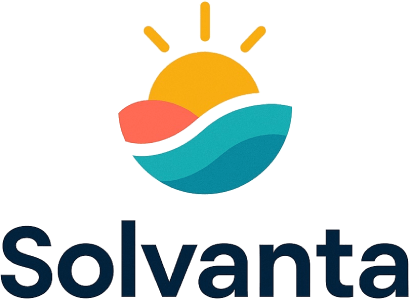Why OTT and CTV Should Be Part of Your Advertising Strategy Right Now
There was a time when watching your favorite TV show meant being home at a specific time. That was the era of appointment television. You didn’t miss “Tuesday at 7” unless you were prepared to wait for reruns. Then came DVRs, giving viewers a little more freedom to record and watch later. That seemed like a major leap—until streaming completely rewrote the rules.
Today, we’re living in a world where content is available on demand, anywhere, anytime, and on any device. People aren’t planning their evenings around television schedules—they’re watching their favorite shows while walking on a treadmill, riding in the passenger seat, or relaxing at home on their smart TVs. This shift in behavior is not a trend. It’s a full-blown transformation. And if your advertising strategy hasn’t adapted yet, you’re operating in the past.
This is where OTT (Over-the-Top) and CTV (Connected TV) come in—and why they’re no longer optional for advertisers. OTT refers to video content that’s delivered via the internet, bypassing traditional cable or satellite providers. Platforms like Hulu, YouTube, Tubi, and Peacock are all examples of OTT services. CTV is a category within OTT—think Smart TVs or streaming devices like Roku, Amazon Fire Stick, or Apple TV that deliver that same internet-based content on your living room screen. Together, these platforms give advertisers something traditional TV simply can’t: targeted, data-backed, measurable access to real viewers in real time.
Let’s be honest—broadcast and cable are no longer the dominant forces in video. According to Nielsen’s The Gauge Report, streaming overtook cable in terms of total TV usage back in 2022, and the gap has continued to widen ever since. As of 2024, Statista reports that more than 87% of U.S. households have at least one connected TV device. And eMarketer projects that by the end of 2025, over 90% of U.S. internet users will be watching OTT content regularly. Add to that a report from Leichtman Research Group showing that nearly 50 million Americans have cut the cord altogether—and it’s clear: people are no longer consuming content the same way, and advertising strategies must evolve with them.
OTT and CTV advertising offer benefits that are game-changing. First, the targeting capabilities are far more advanced than traditional TV. You’re not just placing an ad in front of a broad audience—you’re serving it to your audience, based on demographics, interests, behaviors, and even their past interactions with your website. Second, you get real-time data and performance tracking. While traditional TV may tell you your ad reached a certain number of households (based on estimates), OTT/CTV gives you actual numbers: impressions, completion rates, conversions, and more. You know what’s working—and what’s not—so you can adjust accordingly.
Another huge advantage is the ability to reach viewers across multiple screens. People are watching content on mobile phones, tablets, laptops, and TVs. With OTT/CTV, your message follows them across all those devices, increasing your chances of being seen and remembered. And perhaps one of the most attractive features for businesses of any size: it’s scalable. You don’t need a massive TV budget to make an impact. Whether you’re a regional auto dealership or a national brand, you can tailor OTT/CTV campaigns to fit your goals and your budget.
I often compare the current state of broadcast TV advertising to buying newspaper ads in the digital age. It’s not that they don’t work at all—it’s just that the audience has moved. The world has changed. The customer has changed. But if your media plan hasn’t changed, you’re speaking into a void. Traditional TV ads are becoming background noise to a shrinking audience. If you want attention, relevance, and results, you have to meet viewers where they are—and that’s on streaming platforms.
To sum it up: OTT and CTV aren’t just tools for the future. They are essential for today. They offer precision, flexibility, and measurable ROI in a way traditional channels simply cannot. The consumer has already made the shift. The question is—do you have a business?
About the Author:
Mike Bodie is the founder of Solvanta Digital, a strategic marketing and leadership development firm specializing in digital media, communication coaching, and business growth. With more than 25 years of experience, Mike helps brands stay ahead of where customers are headed by meeting them exactly where they are.
